The excavation of Wye House, a historic farm on Maryland’s Eastern Shore, is revealing the lost history of enslaved people who once lived there, including the early life of Frederick Douglass. This unique project combines archaeology with community collaboration to bring new insights into the life of one of America’s most important figures and the lived experiences of those who endured slavery. As archaeologists work to uncover the remnants of this forgotten community, the people of Unionville, descendants of these very slaves, are discovering a cultural heritage that was once suppressed but is now being reclaimed.
The Wye House Farm Excavation
The Wye House Farm, once home to the Lloyd family, who were among Maryland’s earliest settlers, has been at the center of archaeological research since 2005. Located near the town of Easton, the farm was home to Frederick Douglass for part of his early childhood. It was here that Douglass first encountered the brutalities of slavery, and the memories of this period would shape his life’s work as an abolitionist and orator. The goal of the archaeological team was to uncover details about the slave quarters where Douglass lived, as well as to provide a deeper understanding of slave life during the time.
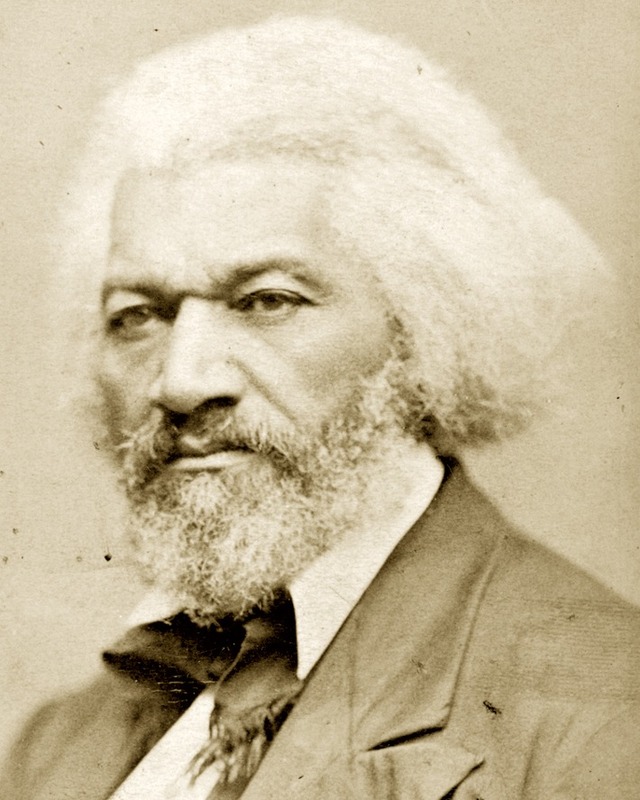
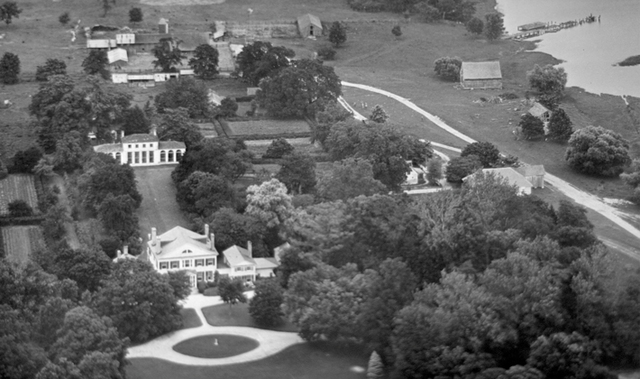
Under the leadership of archaeologists Mark Leone and Lisa Kraus, the team began digging in 2005, following the descriptions provided by Douglass and previous research. They uncovered several structures, including what appeared to be the brick foundations of slave quarters. This provided the team with a glimpse into the daily lives of those enslaved on the estate. But the significance of this excavation goes beyond just the structures. The findings include everyday items—ceramics, buttons, pipe stems, and beads—that offer a more personal look at the people who lived here and their interactions with the outside world.
Video
Watch Archaeology at Wye House to explore the fascinating digs and discoveries at this historic site. You won’t want to miss this exploration of the past!
Frederick Douglass and Wye House
Frederick Douglass’s memories of Wye House are central to understanding the impact of the excavation. Born into slavery, Douglass’s early years at the estate were marked by hardship and brutality. In his autobiography, Douglass recounts witnessing physical abuse and the harsh conditions slaves endured. The Wye House estate, with its picturesque surroundings and grand architecture, was a stark contrast to the lives of those who lived and worked there in captivity. Yet, it was this very place that sparked Douglass’s realization of his enslaved status and set him on the path toward freedom.
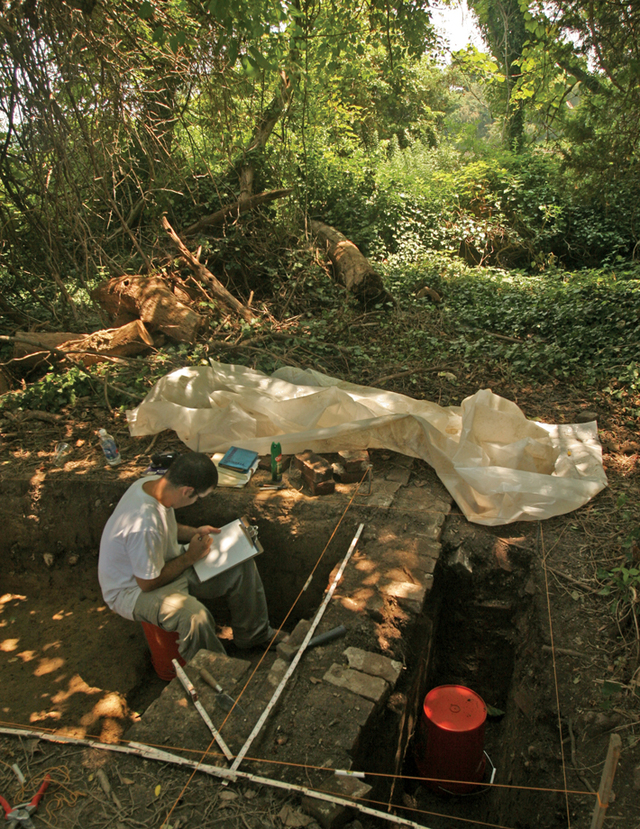
Douglass’s writings, particularly in Life and Times of Frederick Douglass, provide valuable first-hand accounts of slave life at Wye House. His descriptions of the estate’s layout, the people who lived there, and the harsh realities of slavery offer critical context for the archaeological work being done today. The excavation of the Wye House site, therefore, is not only about uncovering physical remains but also about validating the experiences Douglass described.
Artifacts and Findings

The excavation team uncovered an impressive collection of artifacts that offer new insights into the lives of the enslaved people at Wye House. Among the findings were numerous sherds of ceramics, buttons, and beads, as well as pipe stems and hundreds of animal bones. The presence of these items is significant, as they offer a window into the daily lives of slaves who were, by law, denied access to markets or property. Many of the items found were likely passed down from the slave owners, yet others, such as beads and buttons, may have come from clandestine networks, traded secretly between enslaved communities.
The presence of these items suggests that, despite the harsh conditions, the enslaved people at Wye House were able to create lives for themselves beyond the fields. Skilled laborers in carpentry, metalworking, and other trades found ways to sustain their communities and even engage in trade networks, despite the prohibitions placed upon them. These discoveries help to shift the narrative of slavery from one of total subjugation to one where survival and even agency were possible, albeit under oppressive circumstances.
Social Archaeology: Bridging Past and Present
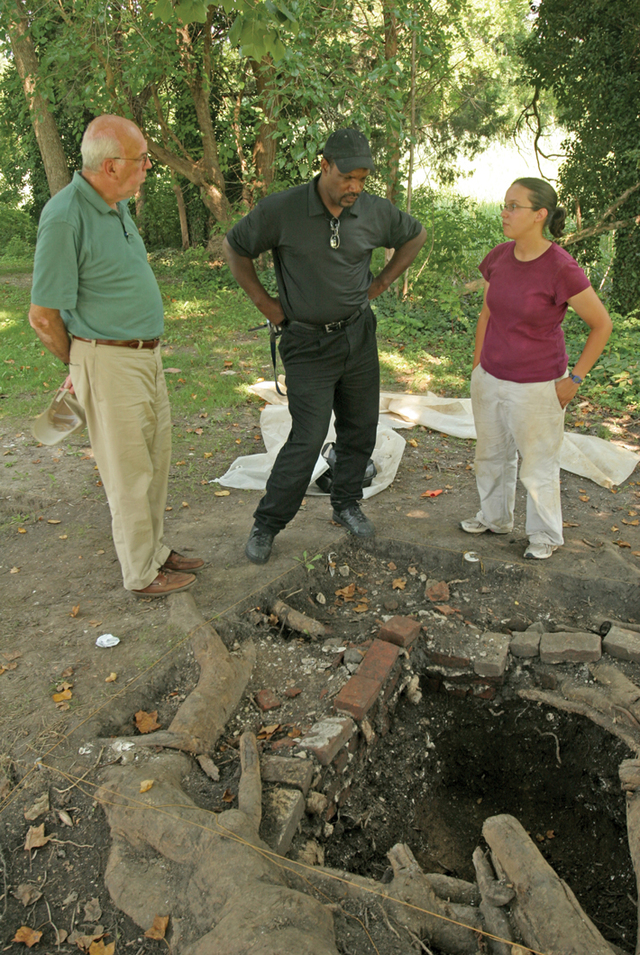
One of the most important aspects of the Wye House excavation is its connection to the present-day community of Unionville, a town founded by freedmen after the Civil War. The people of Unionville, many of whom are descendants of the enslaved people from Wye House, have played an integral role in the excavation process. The project, led by archaeologists like Mark Leone, has embraced the principles of social archaeology—working directly with descendant communities to ensure their voices are heard and their cultural heritage is recognized.
Through consultations with the community, the researchers were able to focus on areas of interest, including the spiritual life of the enslaved people and their relationships with the slaveowners. These questions, though challenging to answer through excavation alone, have opened up a broader dialogue between archaeologists and the people of Unionville. By studying the artifacts and structures left behind, the team has been able to provide new insights into the resilience and strength of the people who lived in these conditions.
Slave Life at Wye House: Insights from Artifacts
The archaeological work at Wye House has provided crucial insights into the everyday lives of the enslaved people who lived there. By examining the artifacts found on-site, researchers have been able to piece together the activities that occurred within the slave quarters. Pottery finds suggest that slaves did not have access to markets or ceramic-making resources, meaning much of their material culture came directly from their owners. However, other items like beads and buttons suggest that a secret trade network may have existed, providing the enslaved community with materials that allowed them to create a semblance of a personal life, outside the boundaries of their servitude.
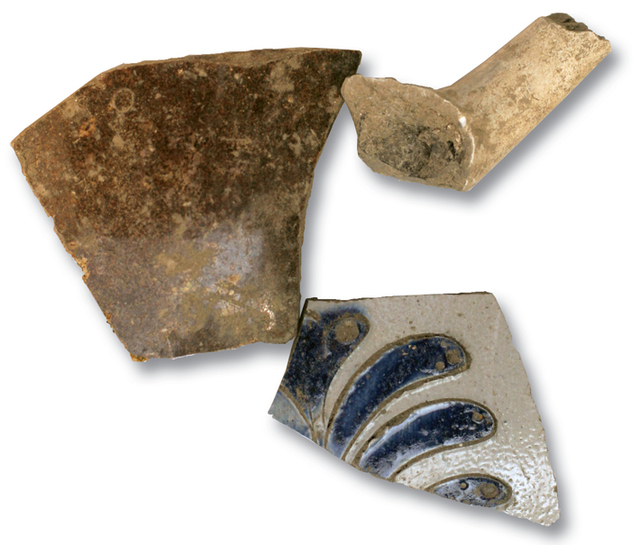
Moreover, the excavations have highlighted the presence of skilled labor among the enslaved population. Many of the buildings uncovered at Wye House appear to have been workspaces, where slaves not only lived but also engaged in activities like carpentry and metalworking. These skills, passed down from Africa or learned in the Americas, were integral to the survival of these communities. The fact that the enslaved people could continue to practice these trades speaks to their resilience and ingenuity.
The Role of Primary Sources in the Excavation
The Wye House excavation is unique in that it benefits from a wealth of primary sources, both written and visual. In addition to Douglass’s detailed accounts, the excavation team had access to maps drawn by architectural historian Henry Chandlee Forman in the 1960s, aerial photographs from the 1930s, and hundreds of family archives from the Lloyd family. These resources have provided valuable context for the archaeological work and allowed researchers to cross-reference their findings with historical documents.
One of the key benefits of having these primary sources is that they allow for a deeper understanding of the changes in slave life over time. For example, the historical records shed light on the financial and social aspects of slavery at Wye House, such as the number of slaves owned by the Lloyd family and their work across multiple estates. These documents have helped to contextualize the artifacts found during the dig and provided a clearer picture of the lives of the enslaved individuals at Wye House.
Wye House Today: The Legacy of Slavery
The excavation of Wye House serves as a reminder of the complex history of slavery in Maryland and the United States. While the excavation team has uncovered material evidence of slave life, the most profound legacy of this project lies in its ability to bring to light the stories of those who lived and worked in silence. For the descendants of the enslaved people from Wye House, the excavation is a tangible connection to a past that was once hidden.
As the team continues its work, the findings at Wye House will undoubtedly continue to shape our understanding of slavery in America and the experiences of the enslaved. The project also serves as a powerful reminder of the enduring impact of slavery on contemporary society. By reclaiming and interpreting this history, the Wye House excavation plays a pivotal role in preserving the memory of those who lived and died under the institution of slavery.
Video
Watch The Atlantic Slave Trade: What Too Few Textbooks Told You by Anthony Hazard to gain a deeper understanding of this crucial part of history. A must-watch for a more complete perspective!
Conclusion: Reclaiming the Legacy
The excavation at Wye House is not just an academic endeavor but a powerful act of reclamation. For the descendants of the enslaved people who lived there, the findings provide an opportunity to rediscover their heritage and connect with a history that has long been obscured. This project exemplifies the potential of archaeology to bridge the gap between past and present, shedding light on the lives of the enslaved and ensuring that their stories are not forgotten. As more discoveries are made, the excavation at Wye House will continue to deepen our understanding of slavery in America and the resilience of those who endured it.



